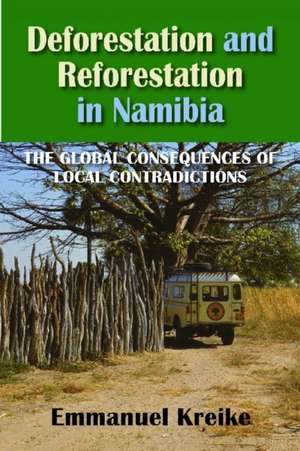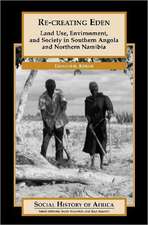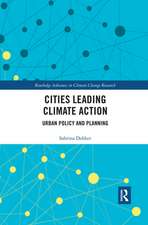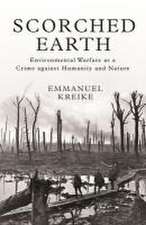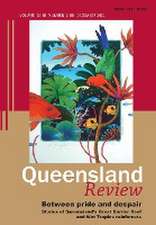Deforestation and Reforestation in Nambia
Autor Emmanuel Kreikeen Limba Engleză Paperback – noi 2009
Preț: 187.95 lei
Nou
Puncte Express: 282
Preț estimativ în valută:
35.96€ • 37.10$ • 30.01£
35.96€ • 37.10$ • 30.01£
Carte tipărită la comandă
Livrare economică 26 martie-09 aprilie
Preluare comenzi: 021 569.72.76
Specificații
ISBN-13: 9781558764989
ISBN-10: 1558764984
Pagini: 244
Dimensiuni: 152 x 229 x 15 mm
Greutate: 0.4 kg
Editura: Markus Wiener Publishers
ISBN-10: 1558764984
Pagini: 244
Dimensiuni: 152 x 229 x 15 mm
Greutate: 0.4 kg
Editura: Markus Wiener Publishers
Descriere
In the twentieth century, north-central Namibia experienced both dramatic deforestation and reforestation as a result of population pressure. This title focuses on evaluating environmental change against a base line to assess whether the outcome is environmentally neutral or whether it constitutes environmental degradation or improvement.
